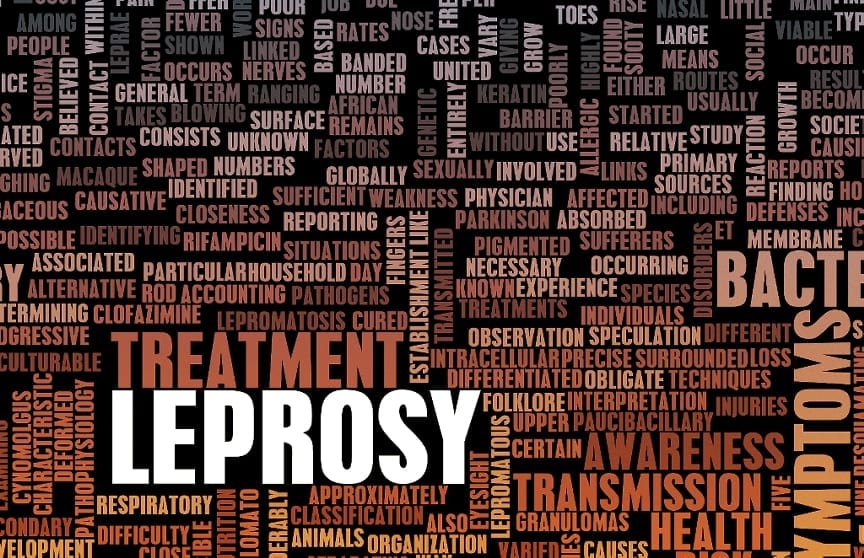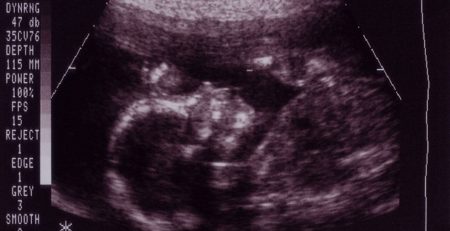Return of the M.Leprae
It only took roughly 3,000 years, but it has finally happened. Mycobacterium leprae, aka Leprosy, has long been on the epidemiological back-burner, but recent findings of a genetic mutation suggest it may be time to pay attention to our ancient fiend. An ambitious group of scientists have made it their mission to sequence and study 154 global strains. Hansen’s disease, as Leprosy is commonly known as, is an infection that dates back to Asia in 1,000 BCE. This slow growing infection mainly attacks the nerves and skin. If it progresses, Leprosy may even cause the deformation of limbs and loss of senses. In 2015 127,326 new cases were reported in India. Do not fret, Leprosy is rare in America and 95% of the world has built up a natural immunity. Luckily, after World War II the boom of the drug industry led to the development of antibiotics to battle this disease that had whole islands dedicated to its victims during biblical times.
After careful observation, it was found that of the 154 strains, 8 had random genetic mutations. These mutations allow for a resistance to be built up against the current medicinal regime. This is where it gets dangerous. The lead author of the study, Andrej Benjak, proclaimed, “Disrupting DNA repair will result in a storm of random mutations, increasing the chance that the right gene mutates at the right spot and lead to drug resistance. But random mutations can be deadly, so it’s like a desperate, genetic Russian roulette for the bacterium”. Researchers believe these resistances have only developed recently, since their corresponding antibiotic was distributed globally. If this trend continues it may be time to invest in more Mycobacterium leprae research. When push comes to shove, The Lab World Group will have what you need!














